Link
What is the current state of the professional photography industry in the United States? Back in April 2014, the Bureau of Labor Statistics released statis
2 notes
·
View notes
Quote
I had never done a portrait series before. But I made my decision to shoot portraits in reaction to the presence of so many other journalists in Kiev and in Maidan. It was a news event, and I was working alongside so many of my colleagues and my friends. That’s really unusual for me — I’m not used to working surrounded by other photographers. Of course, if I’d been the only photographer in Kiev, I wouldn’t have shot the portraits — I would have had to take reportage pictures to show you what was happening. But the presence of all of the other photographers made me understand that I didn’t have to tell the whole story as one individual — what I could do was contribute one small part to the collective recording and collective understanding of the events there. Acknowledging that and trying to find one thing — one way to talk about it, the way that only I could talk about it — led me to making these portraits.
I’d been in a news situation once before, in Libya, during the revolution in 2011, and I’d felt a similar frustration. It’s not necessary to repeat news pictures that other people are taking; as a photographer, you have to not just find something to say, but you have to find your own way to say it. I struggled with that in Libya, and then the idea came to me, I should make portraits — both of the journalists as well as the fighters. Because what I noticed in Libya was that we photographers were emulating the costumes of the rebels.
Anastasia Taylor-Lind
#Anastasia Taylor Lind#Documentary#Documentary Photographer#Photographer#Photography#Quote#Portrait Photography#Ukraine#Maidan#Kiev
2 notes
·
View notes
Quote
I concentrate on photographing to take a good picture. It’s actually very hard work. You must see and think all the time. You have to think how to surpass your past work with a new angle or a new style or a new feeling. You must use your heart to determine that decisive moment which Henri Cartier-Bresson talks about. You must get the feeling and get a response from the subject you are shooting. At that moment you must care, breathe and love the universe – it’s not just about making a beautiful picture. I put my whole life into a single photograph. Negative was expensive in my day, when you click a shutter it cost money. I am like a cowboy with one bullet and not a machine gun, looking for that decisive moment.
Fan Ho
6 notes
·
View notes
Link
Taryn Simon exhibits her startling take on photography -- to reveal worlds and people we would never see otherwise. She shares two projects: one documents otherworldly locations typically kept secret from the public, the other involves haunting portraits of men convicted for crimes they did not commit.
0 notes
Photo

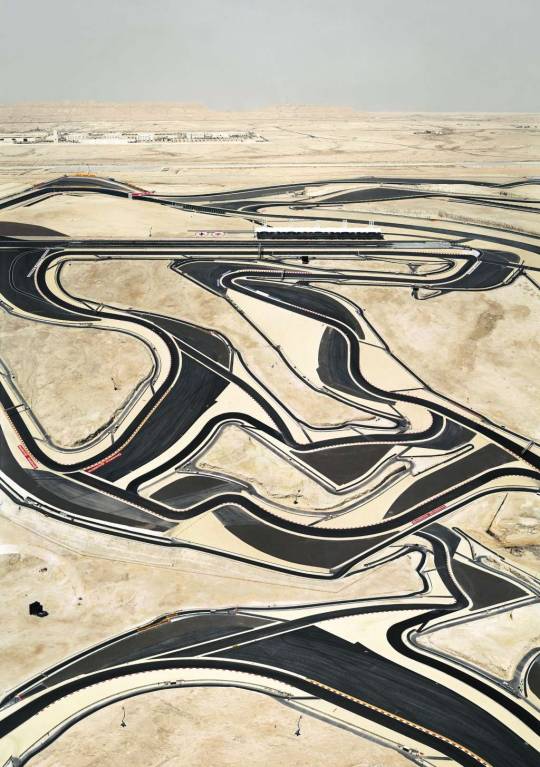
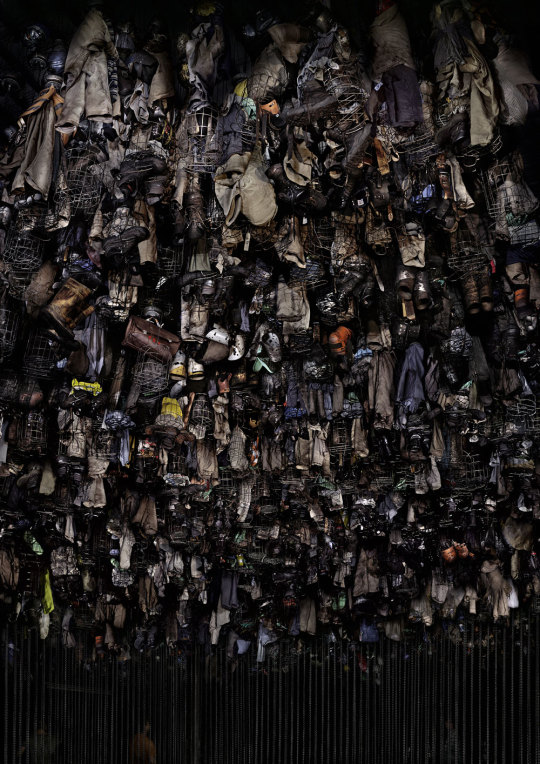






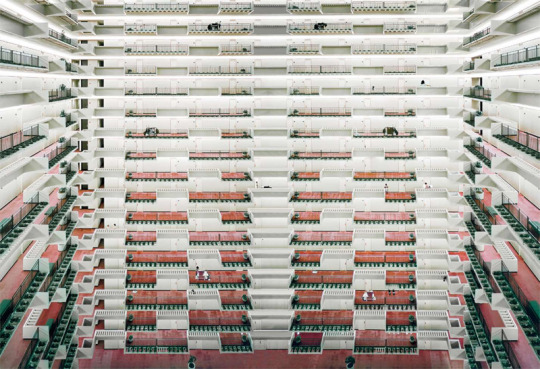
Selected works by Andreas Gursky.
4 notes
·
View notes
Photo
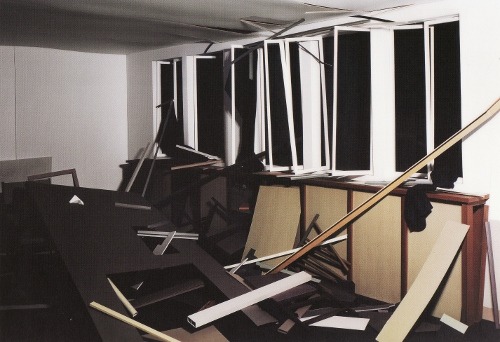
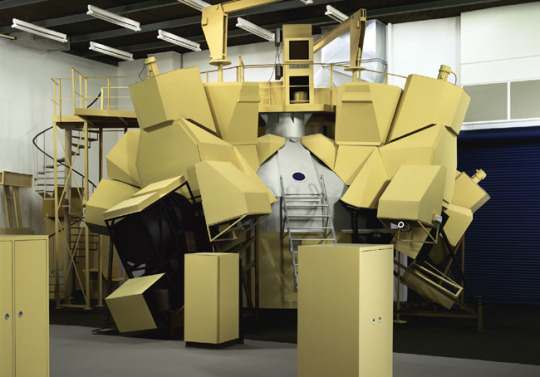

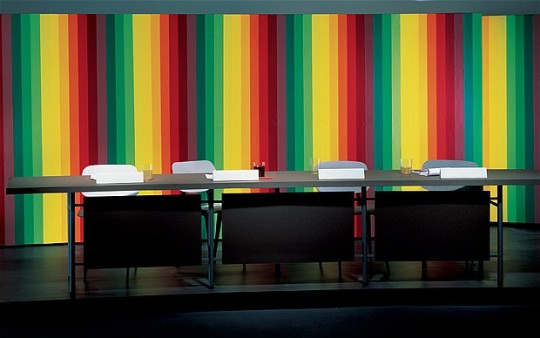
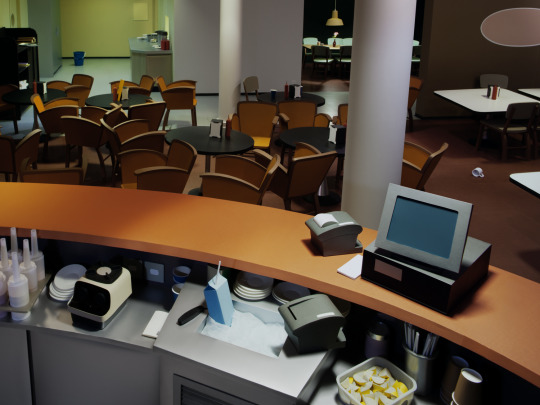
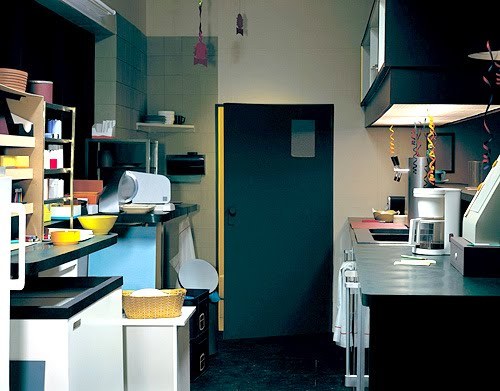

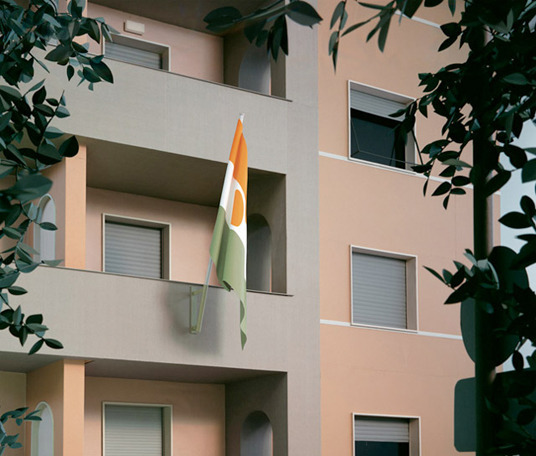
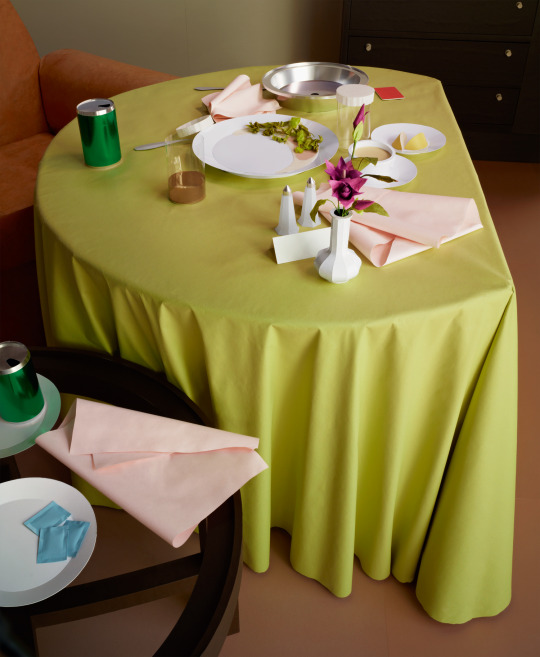
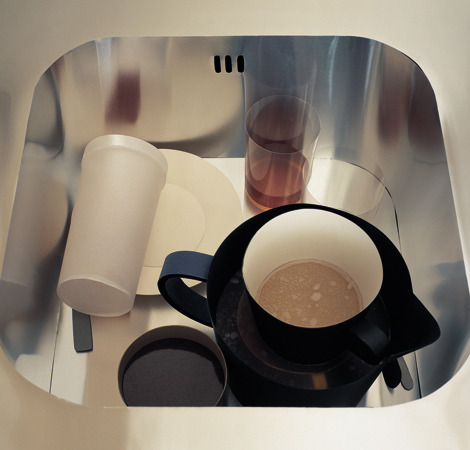
Thomas Demand takes sites that have been mythologized with their own stories and makes their fictional aura literal. The German artist creates weightless paper replicas of environments with social or political meaning, ranging from Whitney Houston's hotel room on the night of her death to the compound near Tikrit where Saddam Hussein was captured.
The paper environments combine banality and spectacle, showcasing the fascination with storytelling that pervades the significance of spaces. On the one hand Houston's hotel room is as boring as could be— a rumpled, stained tablecloth with a half-eaten burger and fries— hardly deserving of a second look. And yet the ominously publicized last meal, circulated by tabloids immediately after her death, the site gains an otherworldly significance, partially removed from its reality. Taken with the striking 17th century Dutch aesthetics of the space, Demand decided to create "Junior Suite."
-- Huffington Post
10 notes
·
View notes
Photo
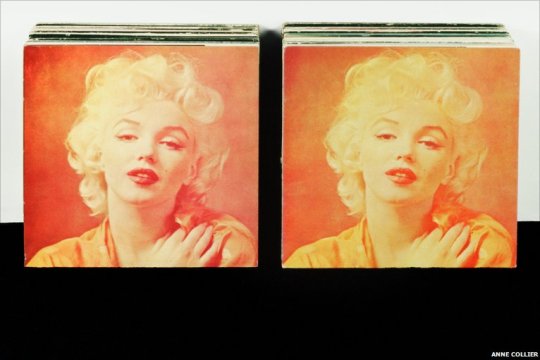
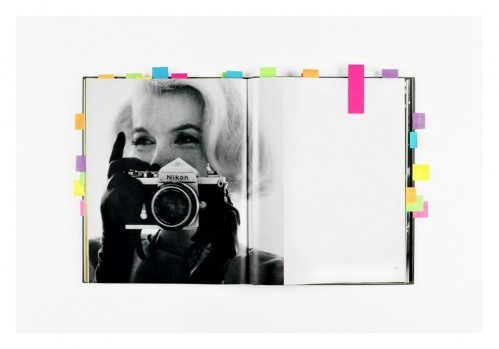
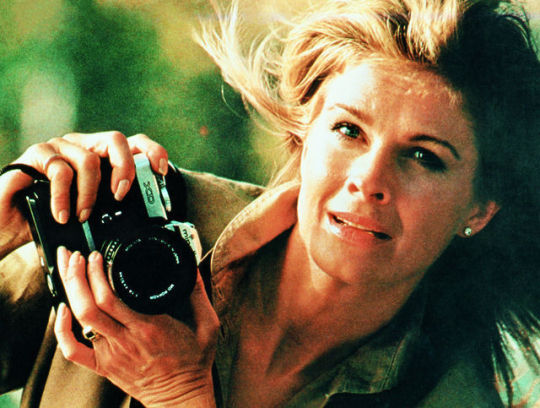

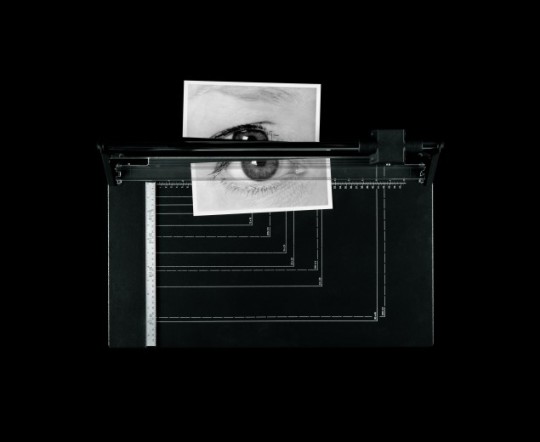

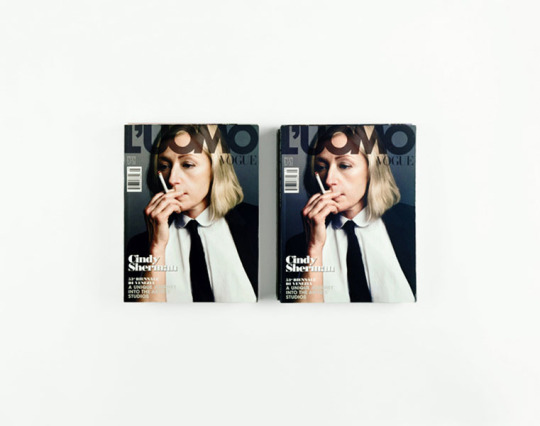

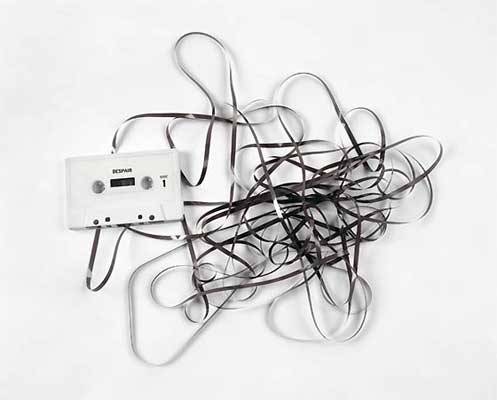
Anne Collier combines still-life photography with techniques of appropriation in meticulously arranged compositions. Photographed against flat, plain surfaces in her studio, found objects—record covers, magazine pages, appointment calendars, and postcards—reveal Collier’s interest in the mass media and popular culture of the 1960s, 1970s, and 1980s. Informed as much by West Coast Conceptual art as by commercial product photography and advertising, her deadpan pictures (which are often humorous and subtly self-reflexive) present a set of formal and psychological associations that frame recurrent tensions around power and gender.
The works in this display investigate the culture of photography, the conventions of nude photography, and the act of seeing. Woman with Cameras #1 features a spread from a 1970s photography trade publication, a genre in which female subjects were often used by advertisers to sell photography products to male consumers. Veterans Day pictures The Museum of Modern Art’s 1972 appointment calendar, featuring Edward Weston’s famous 1925 photograph of the torso of his young son Neil. Cut—which includes a picture of the artist’s own eye sliced by a paper cutter—is a reference to Salvador Dalí and Luis Buñuel’s infamous 1929 short film Un Chien Andalou, in which a woman’s eye is cut by a razor.
4 notes
·
View notes
Photo
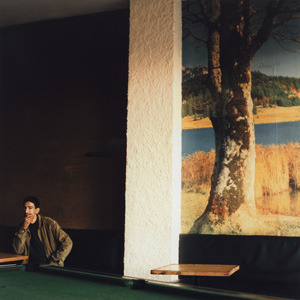
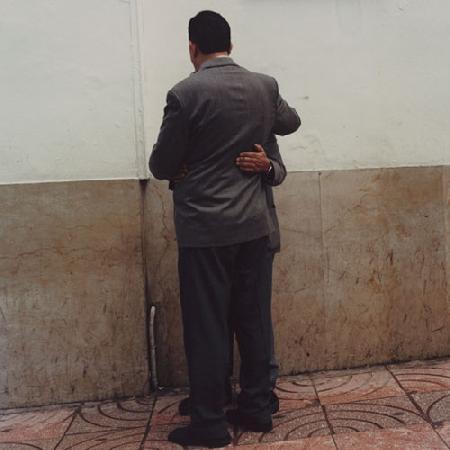
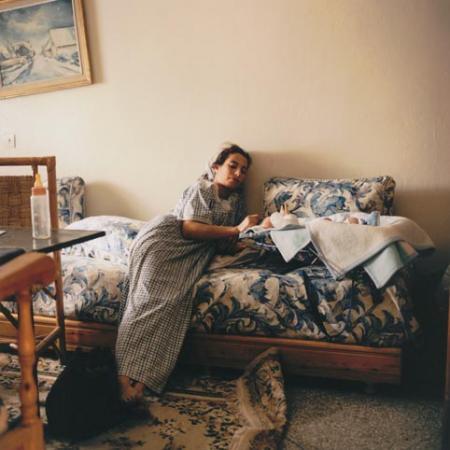
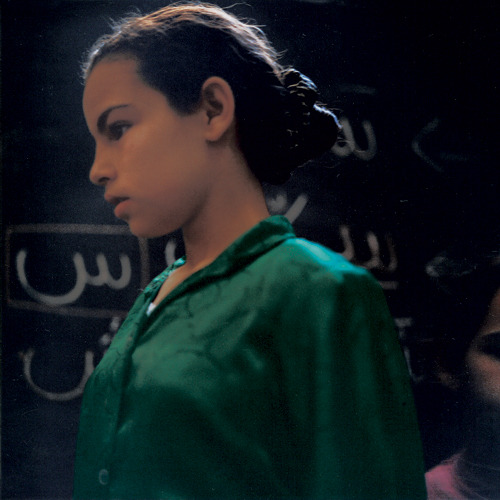

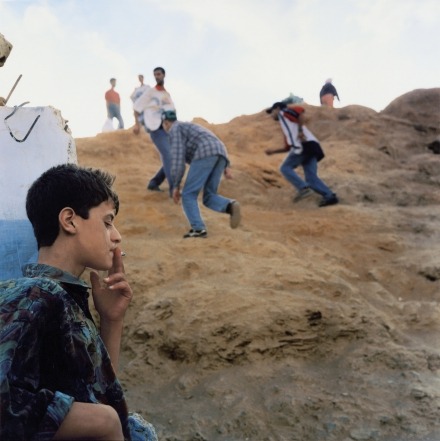
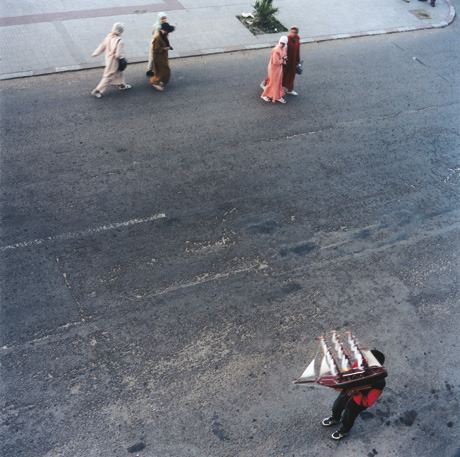


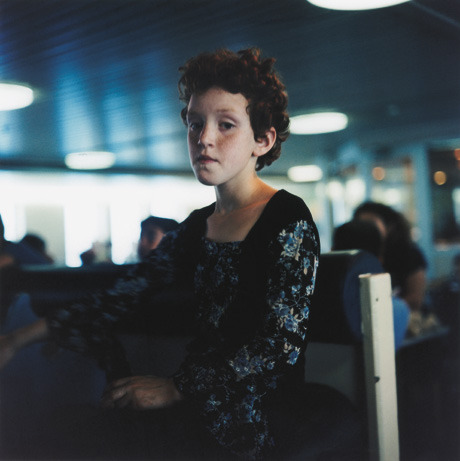
"Our Moroccan cities are shaped by urban migrations, but also by and for tourism; these two great mass movements which are directly connected to the machinery of globalization. This transformation requires a reconfiguration of the geography of differences, while new trajectories imply new identities (the rural exodus, the return of emigrant Moroccan workers on their summer visits), identities which themselves are forged in resistance to the domestication of space.
When I take photographs in Tangier, I can hardly ignore the fact that I am in my father’s native city, where my mother came to lose her way. I do not seek to dedramatize the tension and dangers of departure. Yet I’ve never quite known where I am myself when I walk through this city, in what history. I can photograph all the inhabitants who want to leave it, but myself, I always come back, and I live there in the comfort of the maternal home. In my images I no doubt exorcise the violence of departure (the others’ departure), but I give myself up to the violence of return (to home). The estrangement is that of a false familiarity. I photograph temptations, and not veritable attempts, in a reportage-like style. As soon as I am back in Tangier, I am once again in a state of absence, I become absent. Perhaps there is a relation between my highly personal experience and the situation of a population seeking to leave the country, having not found its place there. I began to photograph my mother’s house, the violence of domestic relations; and of course, what I find nearby, much closer, are the people dreaming of absence."
Yto Barrada
#Yto Barrada#Tangier#Photographer#Morroco#Moroccan Photographer#Immigration#Displacement#Absence#Unfamiliarity#Distance#Home#Violence
2 notes
·
View notes
Quote
"People in the pictures say my camera is as much a part of my being with me as any other aspect of knowing me. It's as if my hand were a camera. If it were possible, I'd want no mechanism between me and the moment of photographing. The camera is as much part of my everyday life as talking or eating or sex. The instance of photographing, instead of creating distance, is a moment of clarity and emotional connection for me."
Nan Goldin on her work, The Ballad of Sexual Dependency
1 note
·
View note
Quote
"It's that very ordinariness that makes it work: that the image could have been anyone's, that you might have taken that image if you'd been there then, feeling like that. Operating precariously on the amorphous boundary between 'art' and vernacular uses of photography, Morrisoe's work allows viewers to project themselves and their own pasts into the image while also insisting on its specificity as a document of his life, not ours."
-- Liz Kotz, Aesthetics of ''Intimacy'
4 notes
·
View notes
Photo
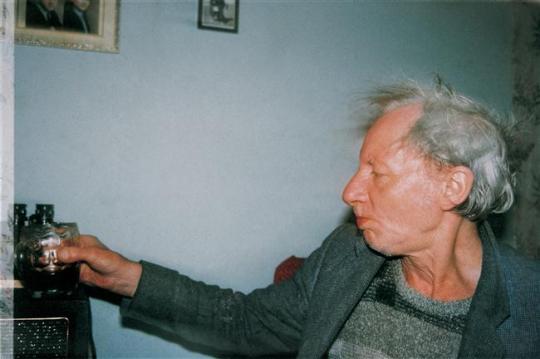
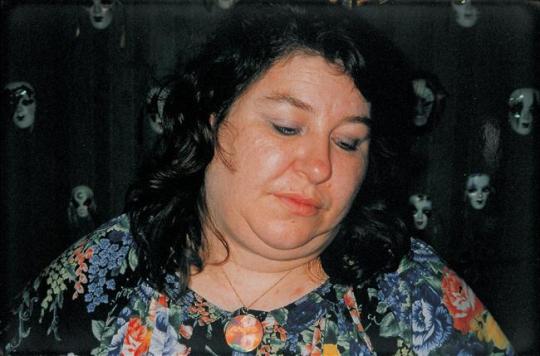
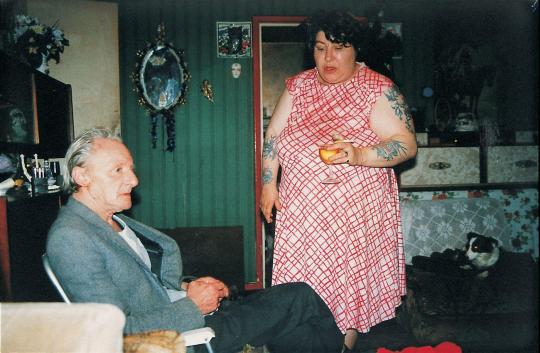
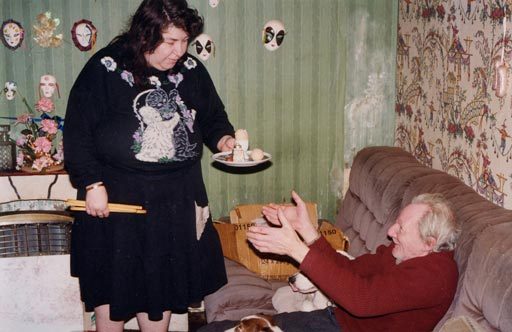


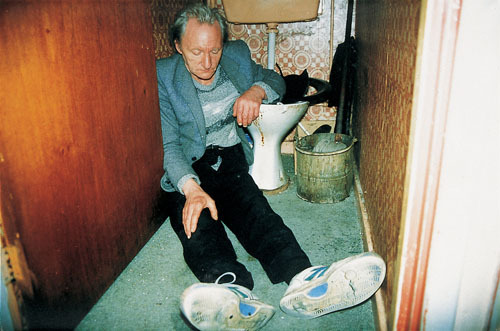
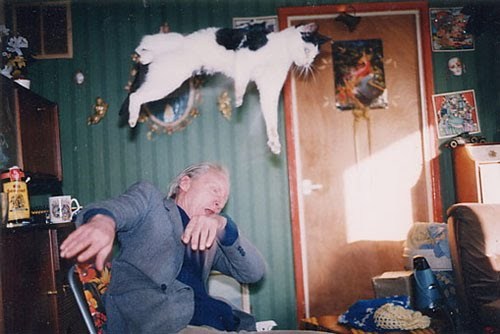

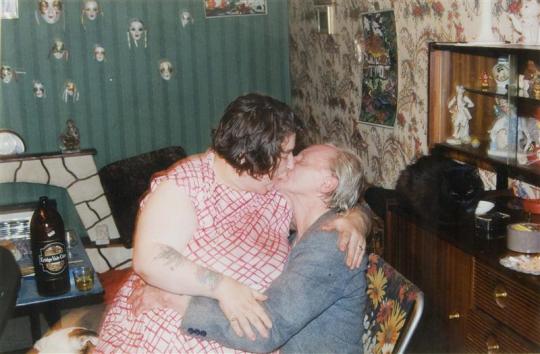
“My father Raymond is a chronic alcoholic. He doesn’t like going outside, my mother Elizabeth hardly drinks,
but she does smoke a lot. She likes pets and things that are decorative. They married in 1970 and I was born soon after. My younger brother Jason was taken into care when he was 11, but now he is back with Ray and Liz again. Recently he became a father. Dad was some kind of mechanic, but he’s always been an alcoholic. It has just got worse over the years. He gets drunk on cheap cider at the off license. He drinks a lot at nights now and gets up late. Originally, our family lived in a terraced house, but they blew all the redundancy money and, in desperation, sold the house. Then we moved to the council tower block, where Ray just sits in and drinks. That’s the thing about my dad, there’s no subject he’s interested in, except drink.”
“It’s not my intention to shock, to offend, sensationalise, be political or whatever, only to make work that is as spiritually meaningful as I can make it -
in all these photographs I never bothered with things like the negatives. Some of them got marked and scratched. I just used the cheapest film and took them to be processed at the cheapest place. I was just trying to make order out of chaos.”
-- Richard Billingham
7 notes
·
View notes
Quote
“Mark was an outlaw on every front—sexually, socially, and artistically. He was marked by his dramatic and violent adolescence as a teenage prostitute with a deep distrust and a fierce sense of his uniqueness. I met him in Art School in 1977; he left shit in my mailbox as a gesture of friendship. Limping wildly down the halls in his torn t-shirts, calling himself Mark Dirt, he was Boston’s first punk. He developed into a photographer with a completely distinctive artistic vision and signature. Both his pictures of his lovers, close friends, and objects of desire, and his touching still-lifes of rooms, dead flowers, and dream images stand as timeless fragments of his life, resonating with sexual longing, loneliness, and loss.”
Nan Goldin, 1993
3 notes
·
View notes
Photo
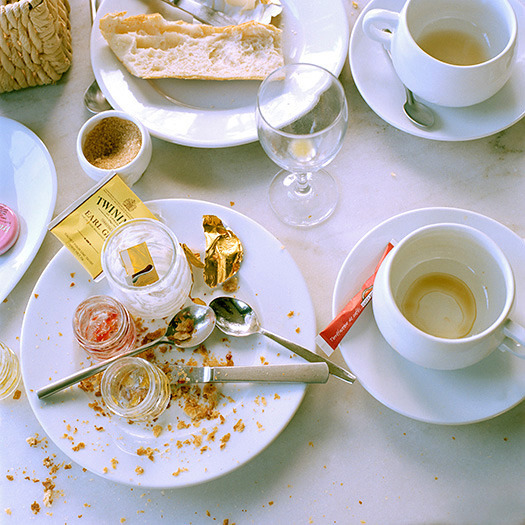


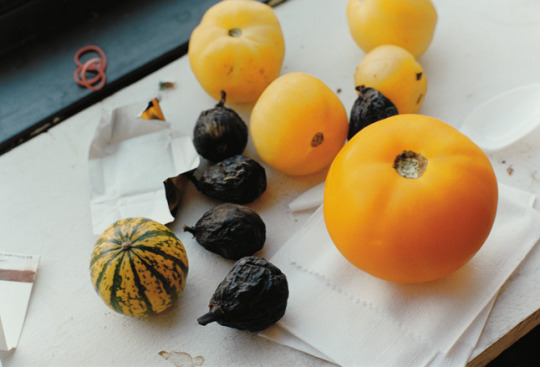
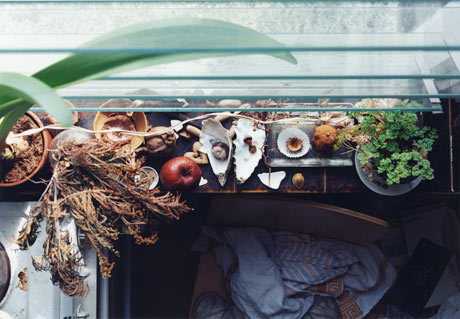
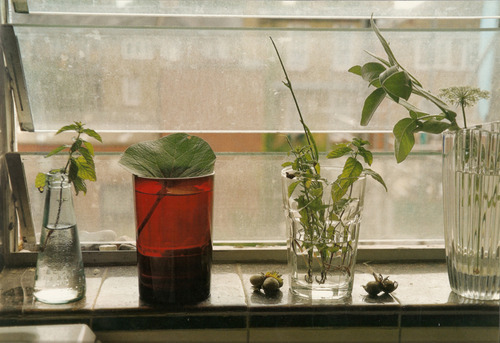
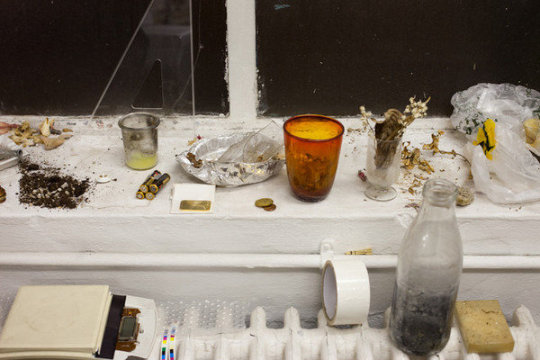
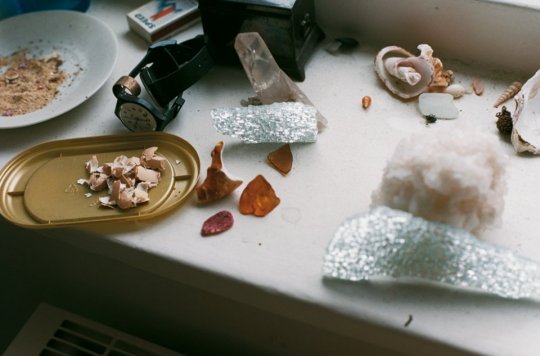

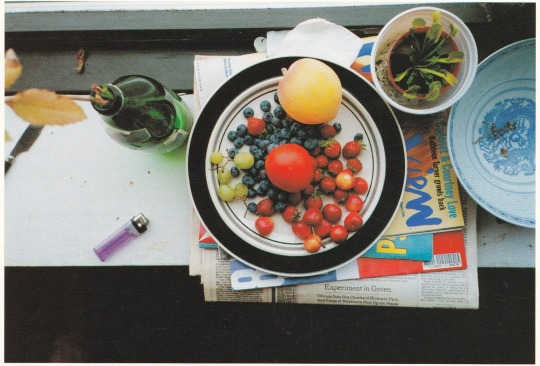
"When I look at my window-sill I see fruit in a bowl and light and respond to them, I don't first see still life. That's how I want to convey my subject matter to the viewer, not through the recognition of predetermined art historical / image categories but through enabling them to see with immediacy that I felt in that situation."
-- Wolfgang Tillsman
7 notes
·
View notes
Photo

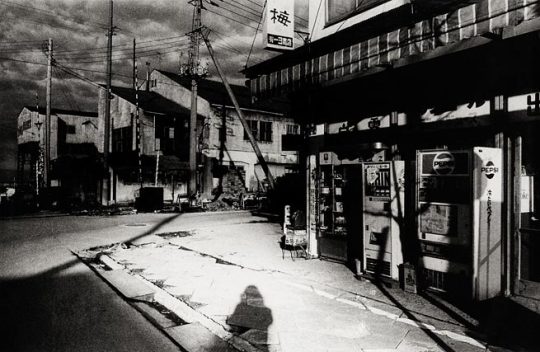
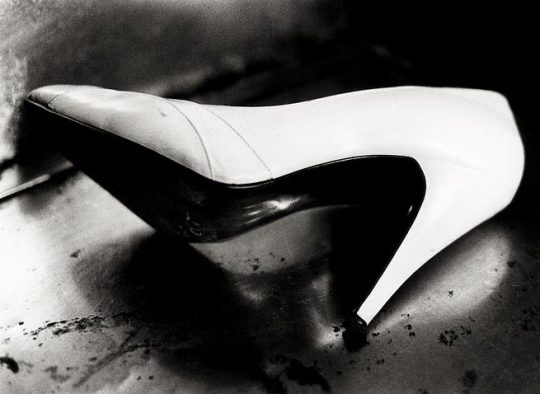
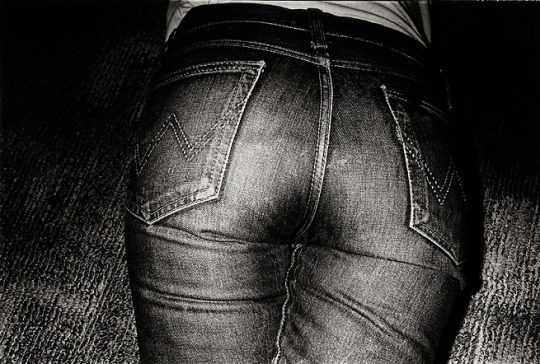


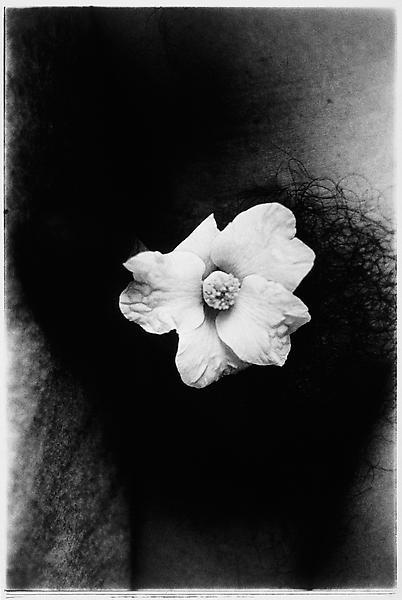
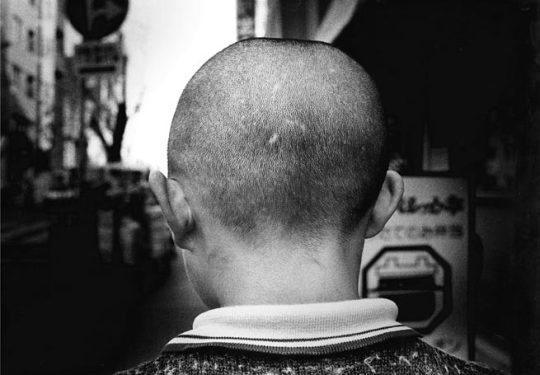


Daido Moriyama (b.1938, Osaka) is one of Japan's leading figures in photography. Witness to the spectacular changes that transformed post WWII Japan, his black and white photographs express a fascination with the cultural contradictions of age-old traditions that persist within modern society. Providing a harsh, crude vision of city life and the chaos of everyday existence, strange worlds, and unusual characters, his work occupies a unique space between the objective and the subjective, the illusory and the real. Moriyama's use of a small hand held automatic camera gives his images a loose and casual aesthetic, undermined by a forceful and decisive point of view. His work has been collected by numerous prominent public and private collections, including the Museum of Modern Art, New York, the San Francisco Museum of Modern Art, the Metropolitan Museum of Art, New York, The Getty Museum, Los Angeles, The Museum of Fine Arts, Boston and The Centre Pompidou, Paris. Moriyama has had major solo shows at the San Francisco Museum of Modern Art, The Metropolitan Museum of Art, New York, The Fondation Cartier pour l'Art Contemporain, Paris, The Fotomuseum, Winterthur, Switzerland, The Folkwang, Essen, Germany and the Metropolitan Museum of Photography in Tokyo.
-- Luhring Augustine
7 notes
·
View notes
Photo
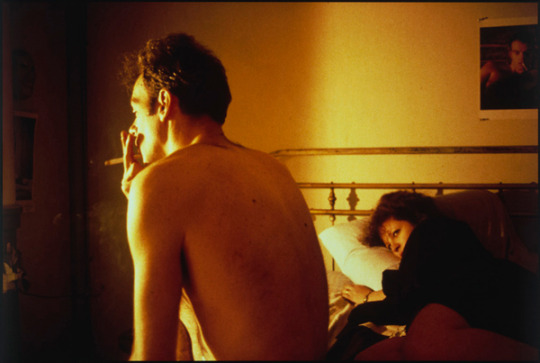
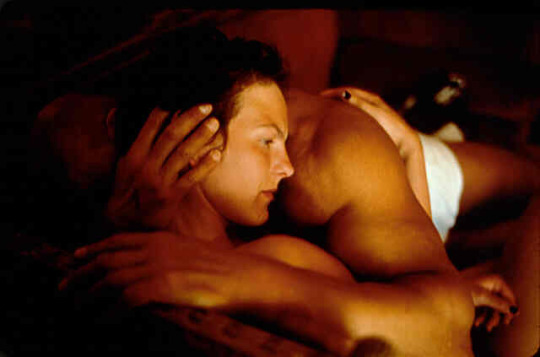
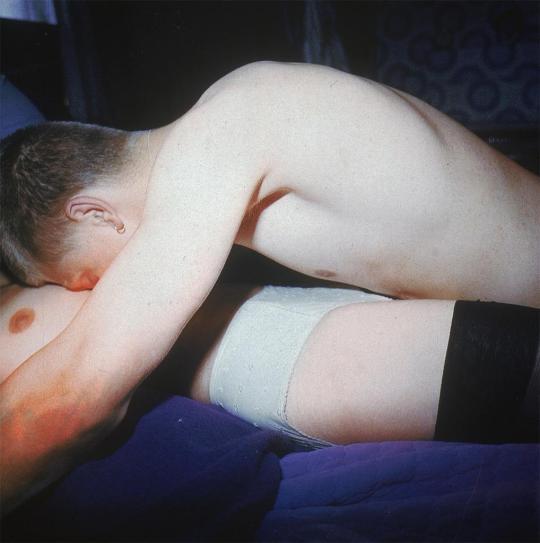
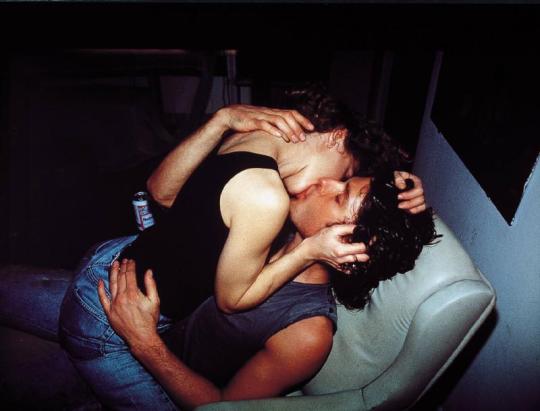

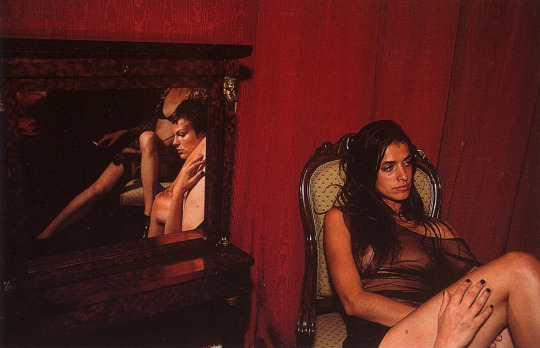

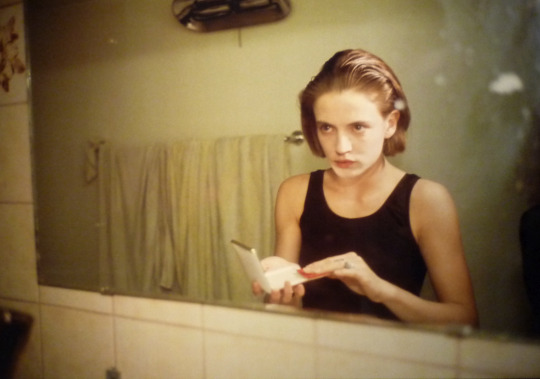
The Ballad of Sexual Dependency is a visual diary chronicling the struggle for intimacy and understanding between friends, family, and lovers—collectively described by Nan Goldin as her “tribe.” Her work describes a world that is visceral, charged, and seething with life. First published in 1986, this reissue recognizes the persistent relevance and freshness of Nan Goldin’s cutting-edge photography.
Her lush color photography and candid style demand that the viewer go beyond the surface to encounter a profound intensity. As Goldin writes: “Real memory, which these pictures trigger, is an invocation of the color, smell, sound, and physical presence, the density and flavor of life.” Through an accurate and detailed record of her life, Ballad reveals Goldin’s personal odyssey as well as a more universal understanding of the different languages men and women speak, and the struggle between autonomy and dependency.
Over the past twenty-five years, the influence of Ballad on photography and other aesthetic realms has continually grown, making the work a contemporary classic. Nan Goldin’s story of urban life on the fringe was the swan song of an era that reached its peak in the early eighties. Yet it has captured an important element of humanity that is transcendent: a need to connect. This new paperback edition of The Ballad of Sexual Dependency has been printed using new scans and separations created by master separator Robert Hennessey from Goldin’s original transparencies, rendering them with unparalleled sumptuousness and impact.
Nan Goldin (born in Washington, D.C., 1953) began photographing at the age of fifteen. She received a BFA from the School of the Museum of Fine Arts, Boston, in 1977. In 1978 she moved to New York, where she continued to document her “extended family.” These photographs, along with those taken in London, Berlin, and Provincetown, Massachusetts, became the subject of her slide shows and first book, The Ballad of Sexual Dependency (1986). Goldin’s other books include The Other Side (1993), Ten Years After (1997), and The Beautiful Smile (2008). In 1985 her work was included in the Whitney Museum of American Art’s biennial. A decade later, in 1996, a major retrospective of her work opened at the Whitney, and toured to museums throughout Europe. That same year a documentary about her life and work, I’ll Be Your Mirror, made in collaboration with Edmund Coulthard, was awarded a Teddy Award for Best Essay at the Berlin Film Festival. In 2001 a second retrospective of her work, Le Feu Follet, was held at the Centre Pompidou, Paris, and toured internationally as The Devil’s Playground. In 2006, Goldin was awarded the Commandeur des Arts et des Lettres by the French government. And, in 2007, she received the Hasselblad Award in Photography. Goldin’s most recent slide show, Scopophilia, was commissioned by the Louvre and shown there in 2010. Goldin lives in Berlin, Paris, and New York.
-- Aperture
1K notes
·
View notes